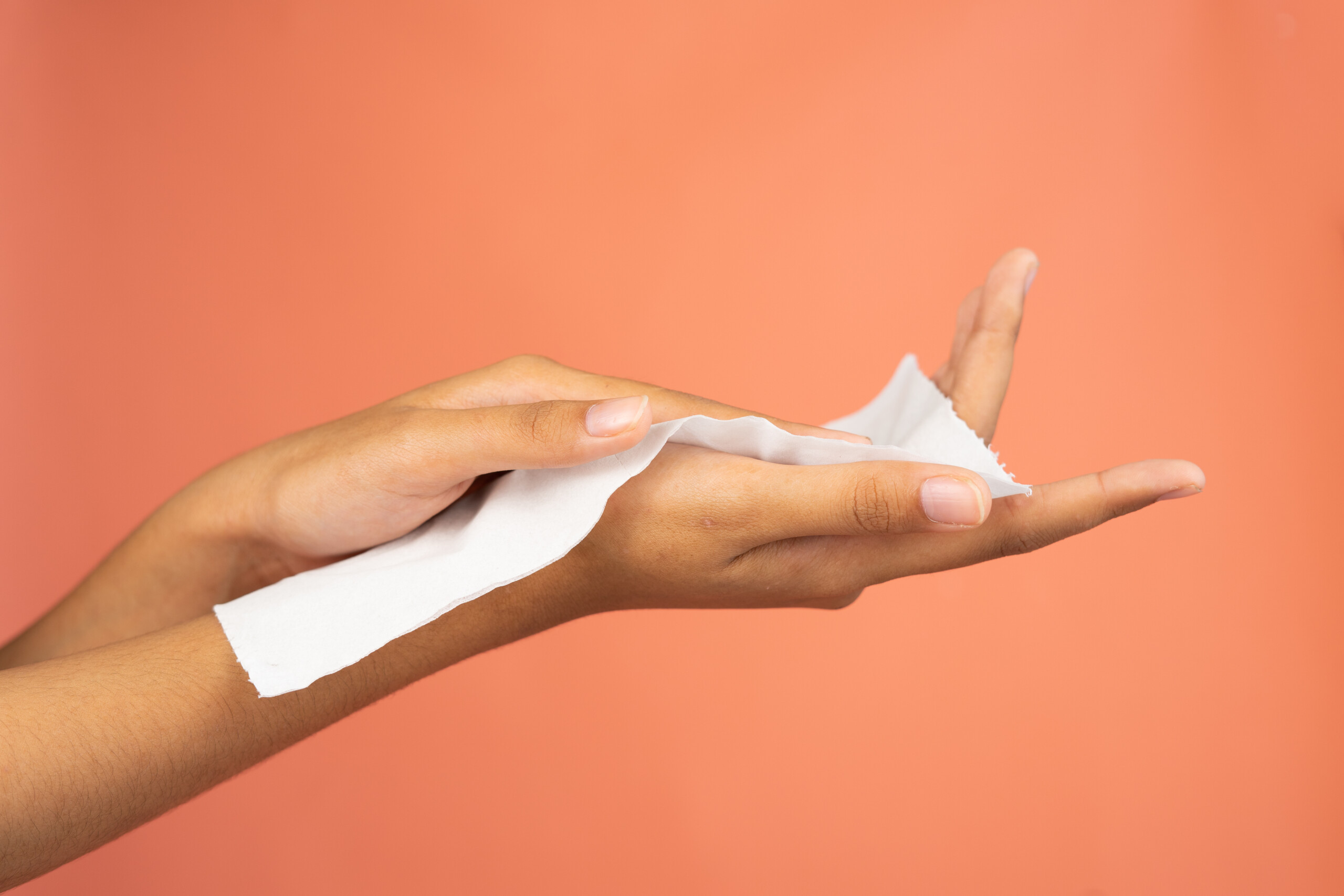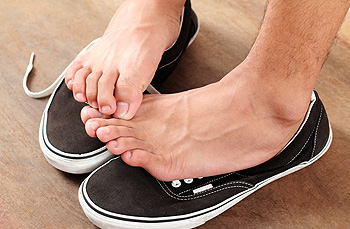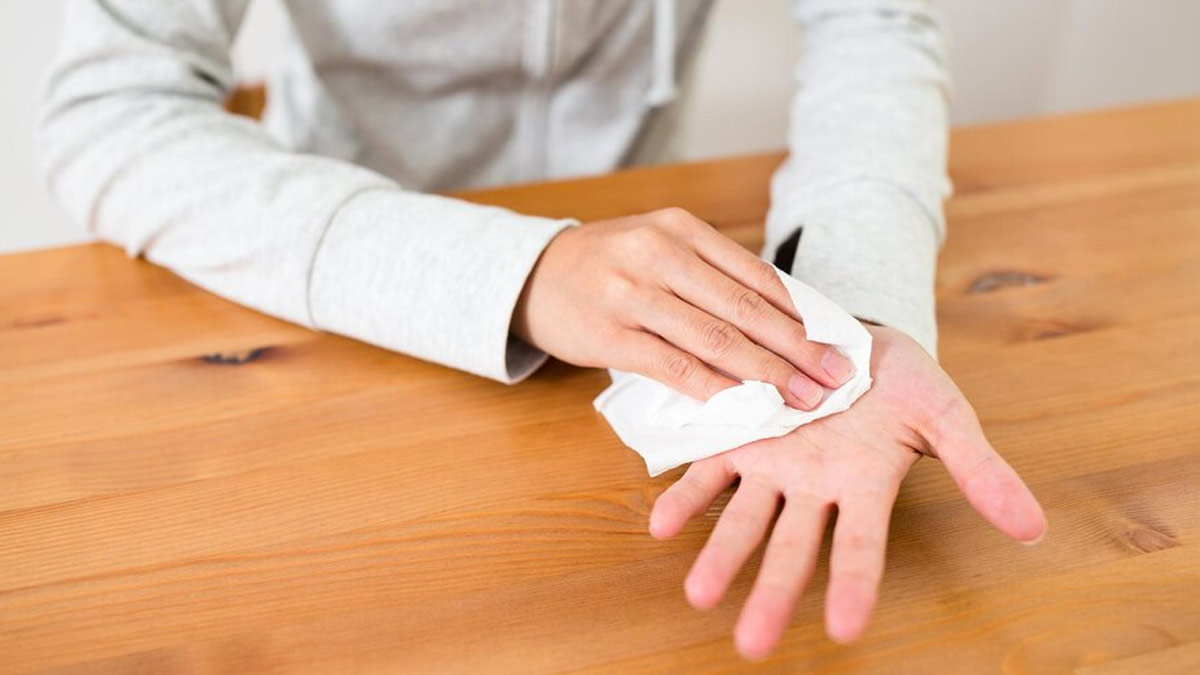Understanding Excessive Sweating: Dermatology Insights on How to Stop Sweaty Hands
Understanding Excessive Sweating: Dermatology Insights on How to Stop Sweaty Hands
Blog Article
Introducing the Complexities of Excessive Sweating: A Comprehensive Guide to Medical Diagnosis and Monitoring
Excessive sweating, medically referred to as hyperhidrosis, is a problem that affects a considerable number of individuals and can have a profound influence on their lifestyle. While sweating is an all-natural physical function, its overactivity in hyperhidrosis offers an one-of-a-kind set of challenges that commonly go past plain pain. Comprehending the underlying reasons, recognizing the signs, and browsing the analysis procedure for hyperhidrosis can be complex tasks. In this thorough overview, we will certainly discover the complexities of hyperhidrosis, from its diagnosis to the array of therapy options available, dropping light on efficient monitoring methods for those coming to grips with this problem.

Comprehending Hyperhidrosis Causes
Hyperhidrosis creates can be connected to different variables such as genetics, hormonal inequalities, and specific medical problems. Genes play a considerable role in main focal hyperhidrosis, where individuals acquire the problem from their family participants. By identifying the specific variables contributing to too much sweating, health care providers can tailor treatment strategies to address the underlying reason, providing relief and improving the high quality of life for people influenced by hyperhidrosis.
Identifying Hyperhidrosis Manifestations

In addition, hyperhidrosis signs may materialize in social and psychological distress, as individuals may feel humiliated or distressed concerning their sweating, causing evasion of social scenarios (Sweaty hands treatment). Additionally, repeated episodes of too much sweating can cause skin maceration, fungal infections, and a general decline in self-esteem
Diagnostic Process for Hyperhidrosis
Launching the diagnostic procedure for excessive sweating involves detailed evaluation of the individual's clinical history and physical evaluation. Asking about the onset, duration, and sets off of sweating episodes is important to distinguish between primary focal hyperhidrosis and additional generalised hyperhidrosis. Case history ought to likewise include inquiries concerning medicines, clinical problems, and family history of hyperhidrosis.
Throughout the health examination, specific focus is paid to the areas affected by sweating. The doctor may analyze the extent of sweating, look for indicators of underlying conditions, and evaluate the impact of sweating on the individual's high quality of life. In addition, specific examinations like the gravimetric test, starch-iodine test, or skin conductance measurements might be conducted to measure the amount of sweat generated.
In addition, in instances where secondary hyperhidrosis is presumed, extra examinations such as blood examinations, pee tests, and imaging research studies may be suggested to determine the underlying reason for too much sweating. The analysis procedure aims to accurately determine the type and cause of hyperhidrosis to assist ideal management strategies.
Therapy Options for Hyperhidrosis
When dealing with excessive sweating, different treatment alternatives are offered to minimize symptoms and boost the person's lifestyle. The therapy approach for hyperhidrosis depends upon the intensity of symptoms and the client's feedback to initial therapies.
Topical therapies, such as aluminum-based antiperspirants, are often advised as the initial line of protection for taking care of light cases of hyperhidrosis. These products function by plugging the sweat air ducts, therefore minimizing the amount of sweat that gets to the skin's surface area. For individuals with much more serious symptoms, dental medicines like anticholinergics may be recommended to help dig this decrease sweating. These medicines can have side impacts and are not appropriate for everybody.

Effective Management Approaches
To successfully manage hyperhidrosis, a personalized and extensive therapy plan customized to the person's specific needs and feedback to previous treatments is crucial. Iontophoresis, including the usage of a low electrical present to minimize sweat gland activity, can be useful for both palmoplantar and axillary hyperhidrosis. A multidisciplinary strategy involving dermatologists, key care doctors, and, if essential, cosmetic surgeons, can maximize the monitoring of hyperhidrosis.
Verdict
To conclude, hyperhidrosis is a condition defined by too much sweating, which can substantially impact an individual's lifestyle. By comprehending the reasons, identifying the signs and symptoms, and going through the analysis process, healthcare suppliers can efficiently manage this problem. Treatment choices consist of topical drugs, oral medications, injections, and even procedures in severe instances. With appropriate diagnosis and administration methods, people experiencing from hyperhidrosis can discover relief and improve their overall health.
Extreme sweating, medically recognized as hyperhidrosis, is a problem that impacts a significant number of people and can have an extensive impact on their top quality of life. navigate to this site By recognizing the particular elements adding to extreme sweating, healthcare providers can customize treatment strategies to attend to the underlying cause, supplying alleviation and improving the top quality of life for individuals influenced by hyperhidrosis.
Hyperhidrosis, defined by excessive sweating past what is required for managing body temperature, can significantly affect an individual's high quality of life. Inquiring regarding the onset, period, and triggers of sweating episodes is critical to distinguish in between primary focal hyperhidrosis and second generalized hyperhidrosis. Treatment for his explanation hyperhydrosis of hands.In conclusion, hyperhidrosis is a problem characterized by extreme sweating, which can substantially impact a person's quality of life
Report this page